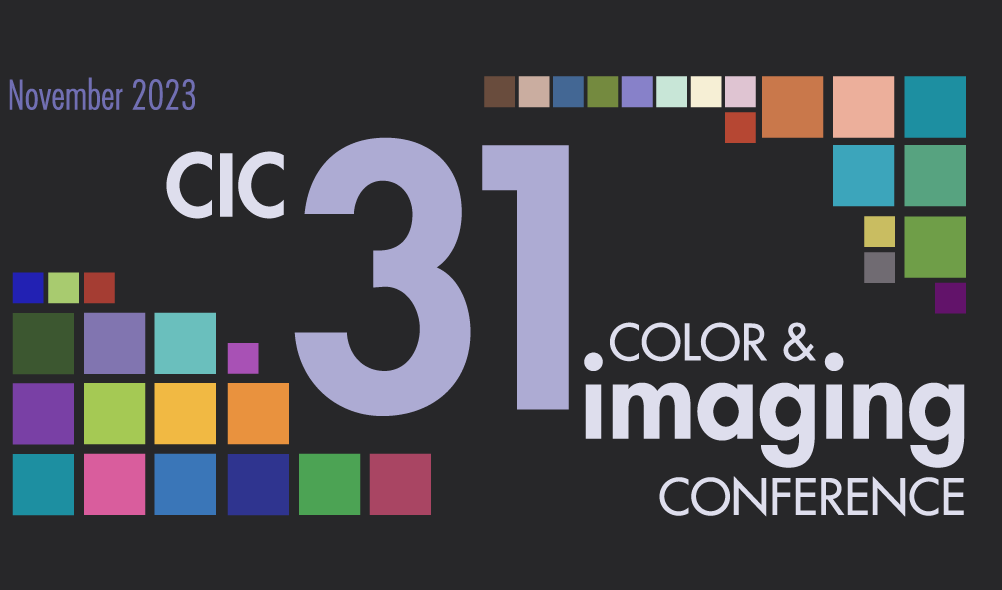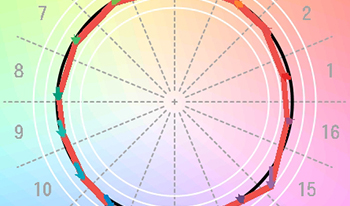
Size reduction of a point cloud or triangulated mesh is an intrinsic part of a three-dimensional (3D) documentation process, reducing the data volume and filtering out erroneous and redundant data obtained during acquisition. Additional reduction has an effect on the geometric accuracy of 3D data compared to the tangible object, and for 3D objects utilized in various cultural heritage applications, the small geometric properties of an object are equally as important as the large ones. In this paper, we investigate several simplification algorithms and various geometric features’ relevance to geometric accuracy during the reduction of a 3D object’s data size, and whether any of these features have a particular relation to the results of an algorithmic approach. Different simplification algorithms have been applied to several primitive geometric shapes at several reduction stages, and measured values for geometric features and accuracy have been tracked across every stage. We then compute and analyze the correlation between these values to see the effect each algorithm has on different geometries, and whether some of them are better suited for a simplification process based on the geometric features of a 3D object.


Professional digitization of cultural heritage items in the Polish State Archives can be divided into two major branches: digital imaging of transparencies and reflectives. While the latter has been meticulously standardized in accordance with ISO 19264 and domestic guidelines, the case is much different for the former. This paper is aimed at addressing the issue of color in mass digitization projects.

In this article, we propose a quality-based video bitrate control method for web real-time communication (WebRTC)-based teleconferences. Video bitrate is controlled on the basis of quality of service (QoS) parameters such as delay and packet-loss rate in WebRTC. Therefore, the amount of transferred data may increase because media streams are transmitted at excessive quality levels depending on QoS conditions (e.g., the jitter and packet-loss rate are low). An increase in transferred data leads to higher operational cost (i.e., data transferred cost) and affects profitable growth. In the proposed method, quality desired by a service provider is set as TargetQuality, and the video bitrate of each stream is controlled aiming at TargetQuality, thereby suppressing the amount of transferred data while maintaining sufficient quality. The proposed method is implemented to an actual teleconference system and is evaluated in terms of its effect at reducing the amount of transferred data. The results show that the amount of transferred data can be reduced by more than 40% by setting the value of TargetQuality appropriately.

This work examines the different terminology used for defining gaze tracking technology and explores the different methodologies used for describing their respective accuracy. Through a comparative study of different gaze tracking technologies, such as infrared and webcam-based, and utilising a variety of accuracy metrics, this work shows how the reported accuracy can be misleading. The lack of intersection points between the gaze vectors of different eyes (also known as convergence points) in definitions has a huge impact on accuracy measures and directly impacts the robustness of any accuracy measuring methodology. Different accuracy metrics and tracking definitions have been collected and tabulated to more formally demonstrate the divide in definitions.

Abstract Hiroshima (1958) and Children of Chikuho (1960) are photographic books expressing the essence of photographer Ken Domon. These two photographic books share the common characteristic of recording an era. However, there are major differences in the printing quality and book design between the two books. Hiroshima is a hardcover B4-size book of overall good quality (retail price: 2300 yen), whereas Children of Chikuho has the same level of quality and design as the B5-size weekly magazines printed at the time the photographic book was published (retail price: 100 yen). This study discusses the influence that the quality and design of photographic books have on the impression that their contents make on viewers and the generation dependence of such photographic books. The authors prepared a version of Children of Chikuho at the same quality and design level as Hiroshima and a version of Hiroshima at the same level as Children of Chikuho. The impressions conveyed by these two photographic book versions in addition to the original photographic books were examined using the semantic differential (SD) method. The results verify that the quality and binding of the photographic books play a vital role in effectively conveying the main themes of Hiroshima (“impact/shock”) and Children of Chikuho (“poverty”). Moreover, the results show that younger generations are strongly influenced by quality, whereas older generations are not; rather, the older generations have a strong tendency to try to grasp the essence of the photography collection.